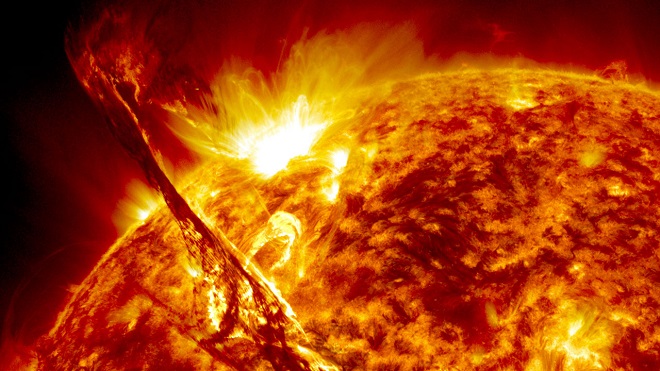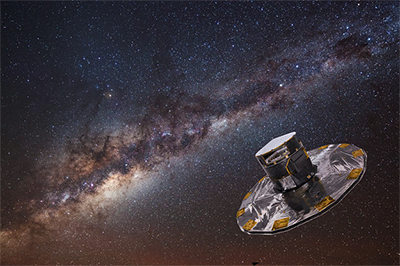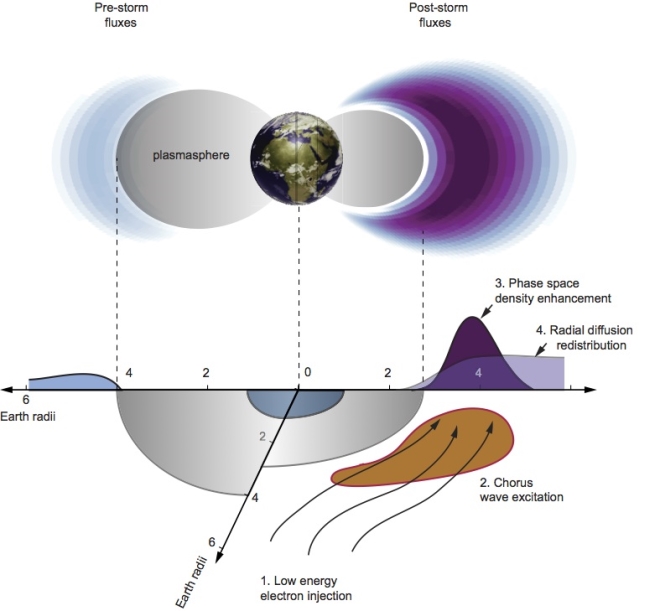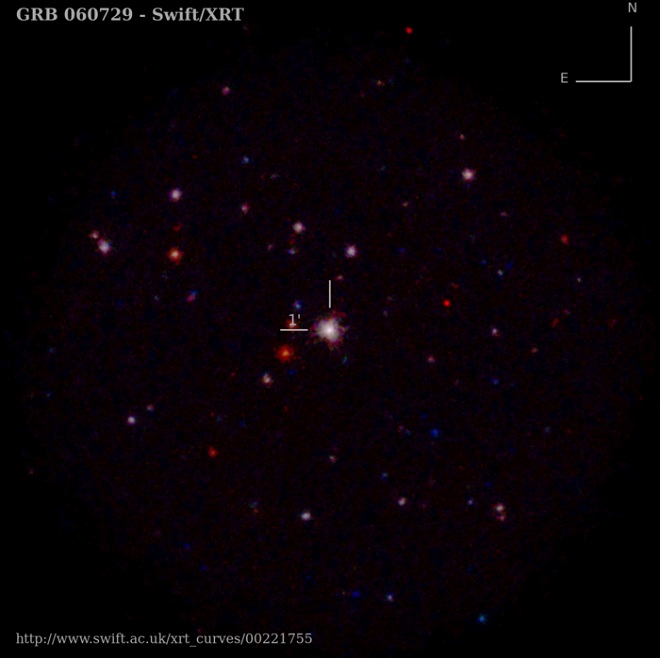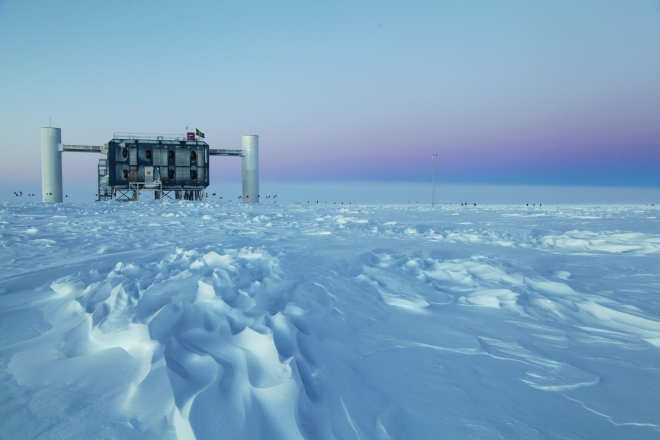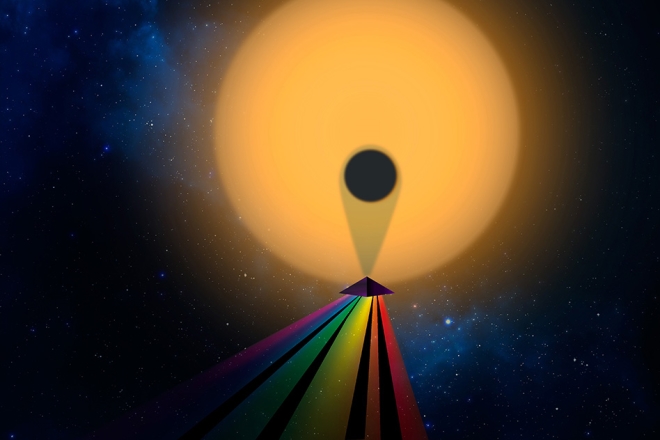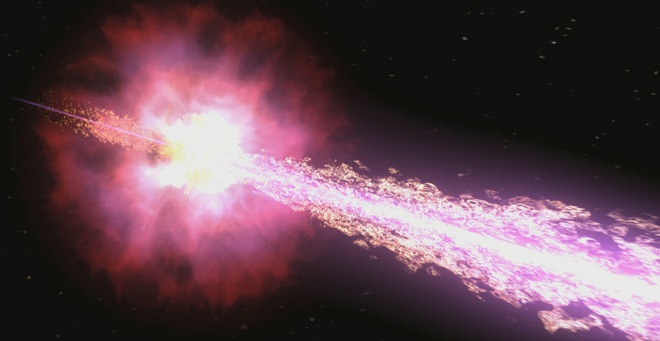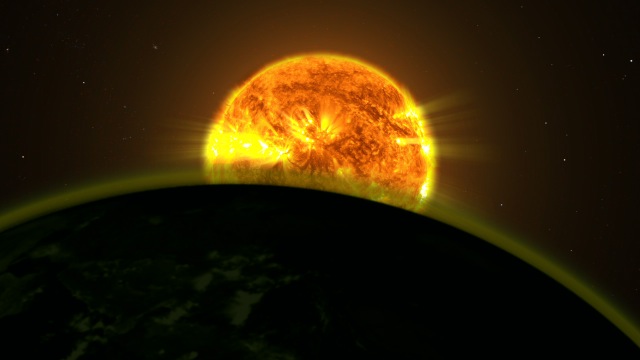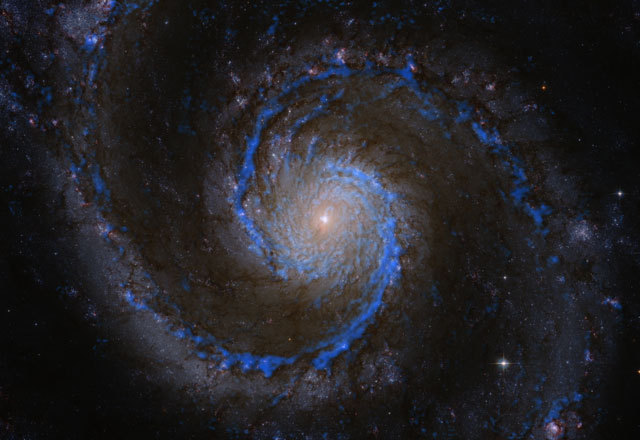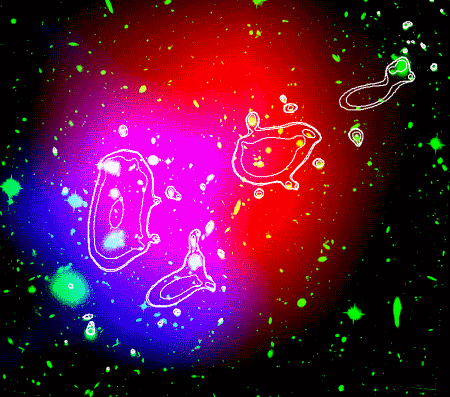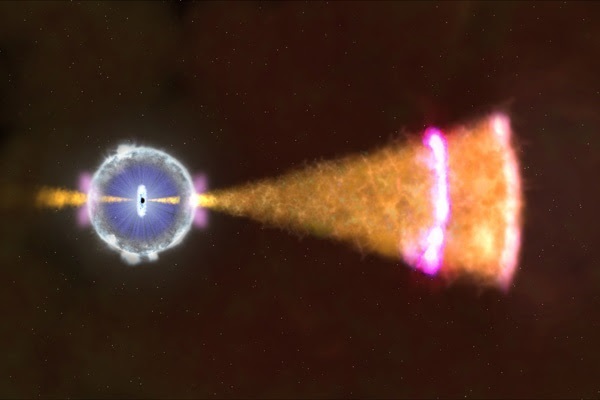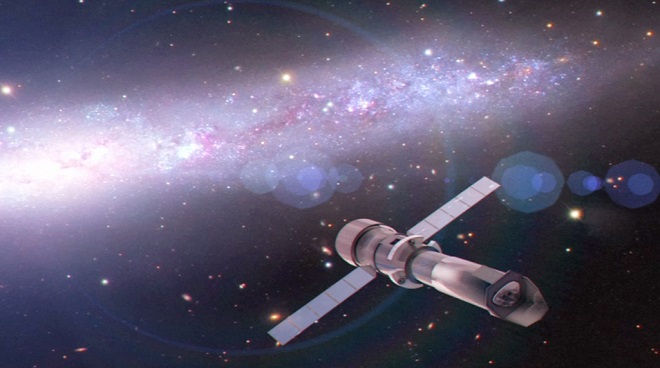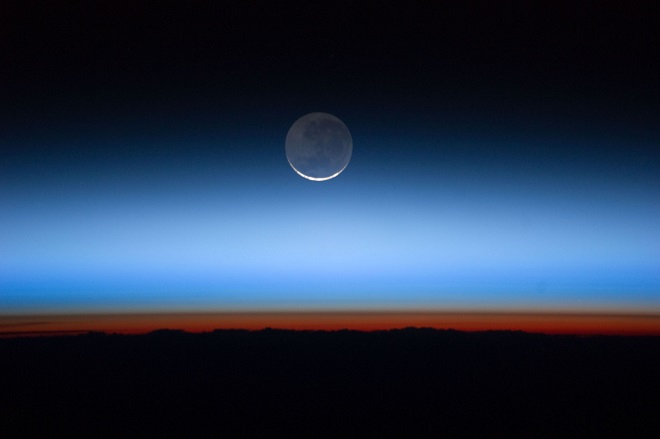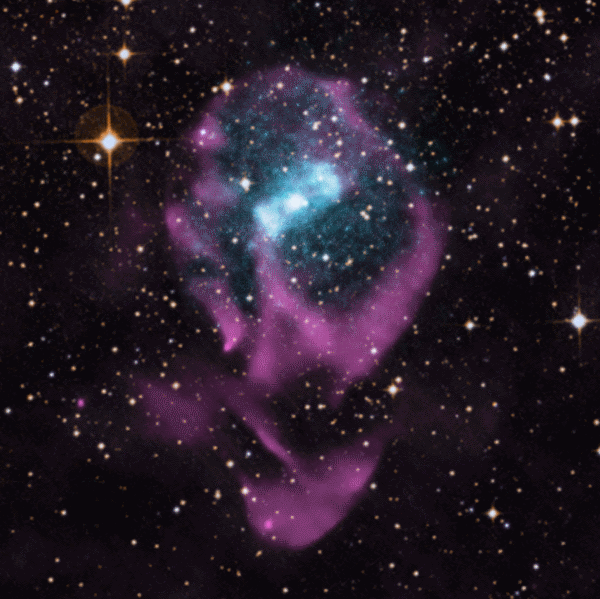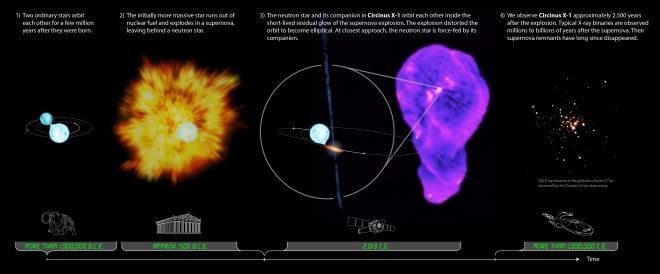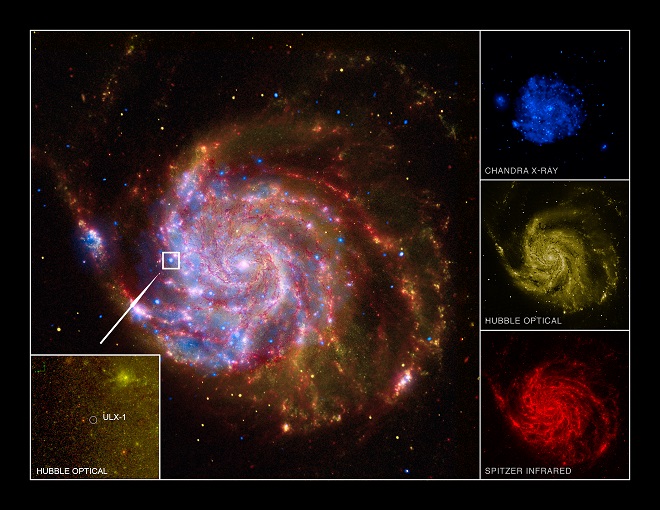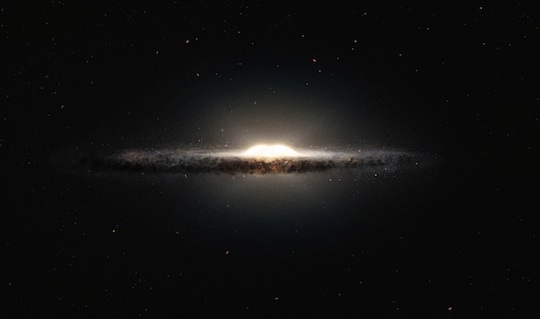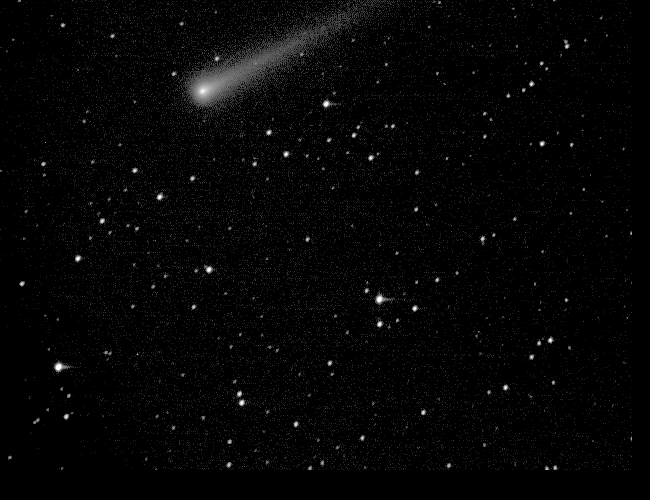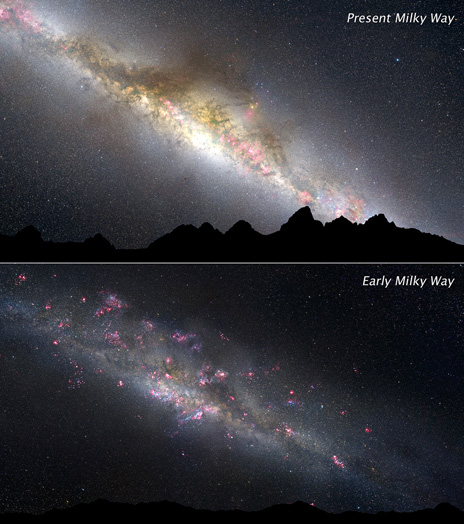
Fast Radio Bursts Might Come From Nearby Stars
These cosmic chirps last for only a thousandth of a second. The characteristics of the radio pulses suggested that they…
Read >>Gaia displays the Milky Way in 3D
Gaia will spend the next five years examining one billion stars. The space probe will measure the distance between these…
Read >>Scientists solve a decades-old mystery in the Earth's upper atmosphere
New research published in the journal Nature resolves decades of scientific controversy over the origin of the extremely…
Read >>Swift satellite catches a hundred thousand new cosmic X-ray sources
Astronomers from University of Leicester provide new insights into cosmic phenomena
An international team led from the University of Leicester has published a major list of celestial X-ray sources in the…
Read >>UA Astronomers Discover Planet That Shouldn't Be There
The discovery of a giant planet orbiting its star at 650 times the average Earth-Sun distance has astronomers puzzled over how such a strange system came to be.
An international team of astronomers, led by a University of Arizona graduate student, has discovered the most distantly…
Read >>IceCube provides proof of neutrinos from the cosmos – Start of the neutrino astronomy era
IceCube particle detector at the South Pole discovers 28 high-energy neutrinos / Publication in Science
The IceCube Neutrino Observatory at the South Pole was the first to discover ultrahigh-energy neutrinos which most likel…
Read >>New technique measures mass of exoplanets
Method will help scientists determine the mass of exoplanets that are not measurable in any other way.
Method will help scientists determine the mass of exoplanets that are not measurable in any other way
Read >>ASTRONOMERS REVEAL MYSTERY OF BRIGHTEST EVER GAMMA-RAY BURST
New research explains celestial phenomenon recorded earlier this year
For the first time, a team of astronomers from around the world, including experts from the University of Leicester, hav…
Read >>Subtle Signs of Water on Faraway Planets
Using the powerful eye of NASA's Hubble Space Telescope, two University of Maryland-led teams of scientists have found f…
Read >>In the stellar delivery room
Molecular clouds in the whirlpool galaxy appear to be embedded in fog, whose pressure is crucial in determining the birth of suns
A multi-year study of the Whirlpool galaxy has changed our understanding of giant molecular clouds, in which stars are b…
Read >>Massive Galaxy Cluster Verifies Predictions of Cosmological Theory
First Detection of the Kinetic SZ Effect in an Individual Galaxy Cluster
By observing a high-speed component of a massive galaxy cluster, Caltech/JPL scientists and collaborators have detected…
Read >>High-energy gamma ray burst could re-shape astrophysics theories, Stanford scientists say
Stanford physicists played a key role in monitoring and analyzing the brightest gamma ray burst ever measured, and suggest that its never-before-seen features could call for a rewrite of current theories.
This past April, an incredibly bright flash of light burst from near the constellation Leo. Originating billions of ligh…
Read >>A New View of the Hot and Energetic Universe
ESA selects the science theme for its next large mission
The mission is expected to be launched in 2028, with the power to address some of the most fundamental questions in mode…
Read >>Astronomers solve temperature mystery of planetary atmospheres
An atmospheric peculiarity the Earth shares with Jupiter, Saturn, Uranus and Neptune is likely common to billions of pla…
Read >>Fledgling supernova remnant reveals neutron star's secrets
With the help of NASA’s Chandra X-ray Observatory and the Australia Telescope Compact Array, an international team of as…
Read >>Young stars dance in supernova's wake
The youngest pair of stars to emerge from a supernova, dancing around each other as the neutron star cannibalises its pa…
Read >>Extreme black hole is more luminous than astronomers thought possible
For decades, astronomers have puzzled over an odd source of X-ray light in an arm of the Pinwheel Galaxy, just off the h…
Read >>Figures of Eight and Peanut Shells: How Stars Move at the Center of the Galaxy
Two months ago astronomers created a new 3D map of stars at the centre of our Galaxy, showing more clearly than ever the…
Read >>MicroObservatory Catches Comet ISON
Hopes are high for Comet ISON, which has the potential to become the most spectacular comet seen in years. ISON is speed…
Read >>Watching the Milky Way grow up
Humans take the starry night for granted. But Earth’s night sky hasn’t always sparkled: In the distant past, during the…
Read >>
There are 385 articles in Astronomy & Space
Astronomy & Space Archive
